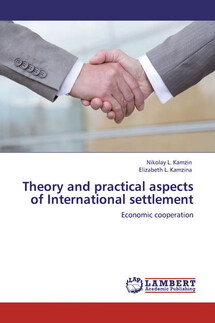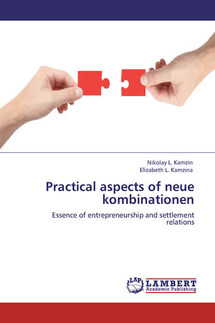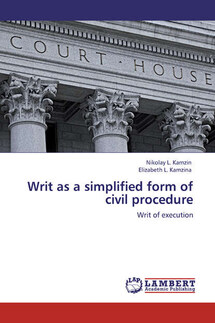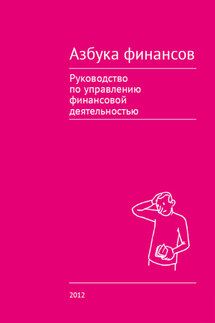Theory and practical aspects of Internationa settlements. Economic cooperation - страница 2
– the national currency – legal tender in the issuing of countries;
– foreign currency – legal tender in other countries, used in that country.
Classifications can be varied for different characters, in order to achieve the objectives of the study relevant is the following: reserve currency – the currency in which the state held its liquid international reserves used to cover the negative balance of payments.
Generally accepted in the world currency, which is accumulated by central banks in foreign exchange reserves. It serves as an investment asset, is a method of determining the exchange parity used as a tool of foreign exchange intervention, if necessary, as well as for the central bank for international settlements.
The most important characteristic is the degree of currency convertibility them – the ability of residents and non-free and unrestricted exchange and use in transactions with real financial assets.
From the standpoint of balance of payments is convertible for current transactions, capital transactions and complete, and in terms of residents – domestic and foreign.
The classification of exchange rate systems based on what is recognized as a reserve asset, that is, with the help of an asset can be settled by the imbalances in international payments. By this criterion standard monetary systems are divided into gold, gold exchange, devising. During different periods of history such assets were gold, the dollar convertible into gold at a fixed rate, any currency accepted for international payments, but above all, freely usable currencies.
The gold standard was based on the formalization of the countries of the gold content per unit of domestic currency liabilities of central banks buy and sell domestic currency in exchange for gold. Gold exchange standard based on the officially established fixed parities of currencies against the U.S. dollar, which in turn was convertible into gold at a fixed rate. The main features of the standard devising lies in the fact that countries can use any system of exchange rates of their choice – a fixed or floating, established unilaterally or through multilateral agreements. The IMF has the authority to oversee the development of exchange rates and arrangements for their establishment. Abolished the official price of gold, and eliminated its role as the official means of payment between the IMF and its members. As an additional reserve asset, special drawing rights (SDRs).
With the development of foreign economic relations and formed the world monetary system as a form of currency relations governed by the national currency laws and interstate relations. The main element of the monetary system of each country is its national currency[8]. Features of the world monetary system and principles of its construction are closely related to the structure of world economy. It is obvious that a change in its structure has evolved and the world monetary system and, consequently, are modified and improved its basic elements:
– the functional form of world money;
– terms of convertibility;
– modes of exchange rate parities and exchange rates;
– the level of foreign exchange regulation and the extent of foreign exchange restrictions;
– unification of the forms of international payments.
The development of the world monetary system is a spiral with a gap of several decades. In the domestic economy, the monetary systems have evolved from the gold coin standard to a gold bullion and gold exchange, and from him – a paper-credit treatment. Evolving global monetary system has moved to the next stage, called the Jamaican system. It was arranged by agreement of member countries by the International Monetary Fund (IMF) in 1976 in Kingston, Jamaica









